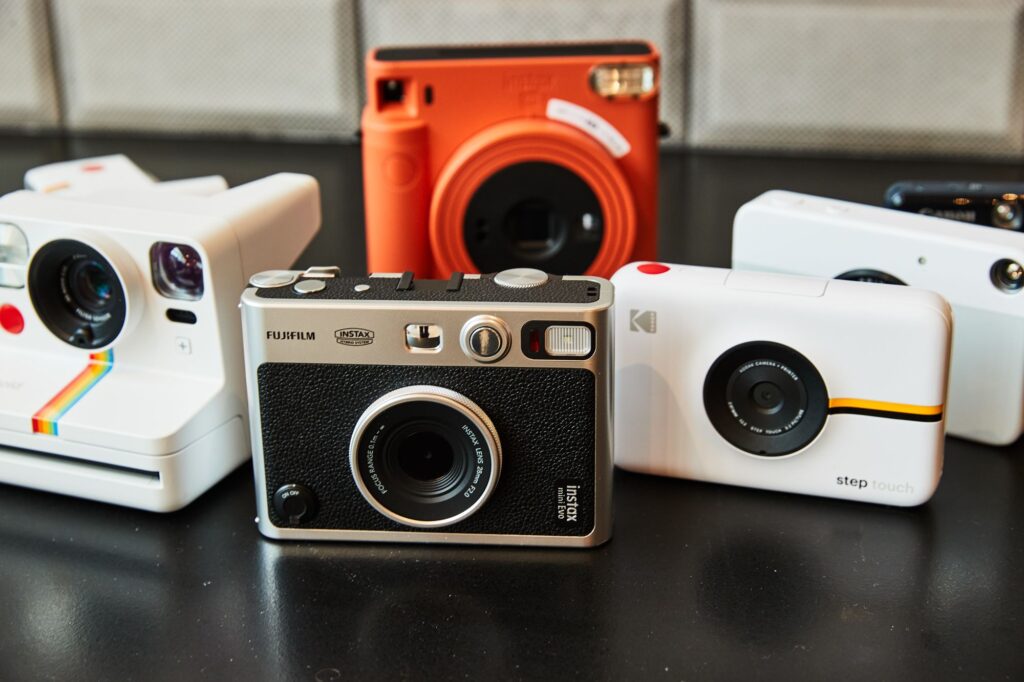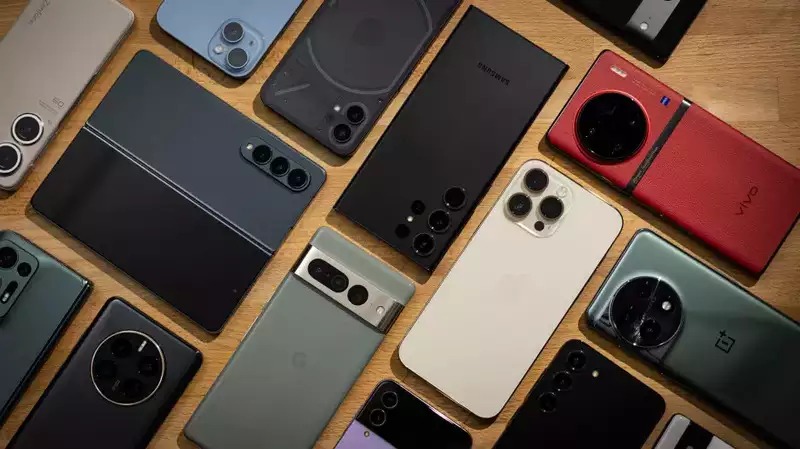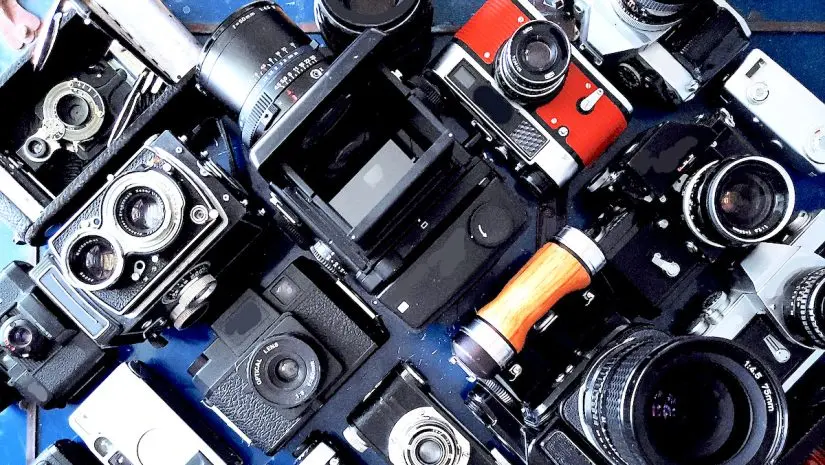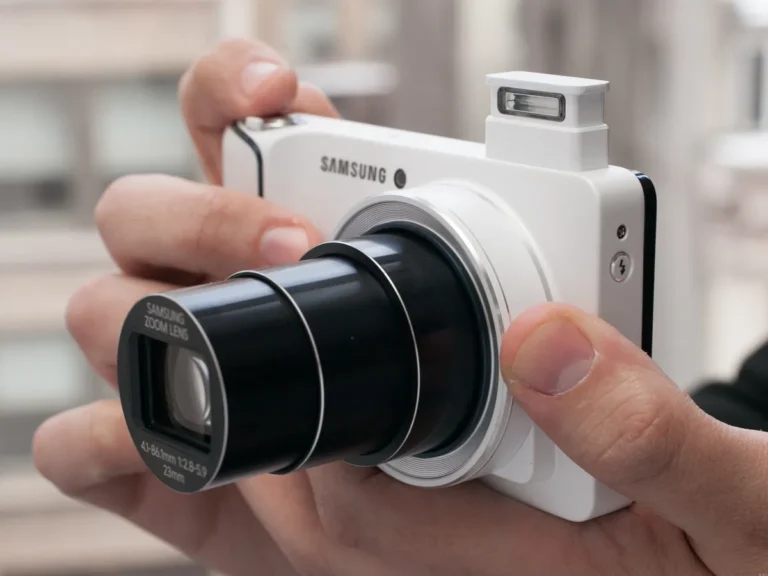The Dawn of Photography: Film and Early Cameras
History of cameras starts with camera obscura, an optical phenomenon that existed since ancient times, which projected images through a small hole on to a surface. The 19 th century was characterized by a discovery that brought about the invention of the diazigerreotype camera in 1839 which created clear permanent images on metal plates. This was the innovation that formed the basis of the future technology in photography. In 1885 the introduction of roll film by George Eastman transformed the face of photography by making it portable and affordable and the slogan of the consumer camera launched by Kodak in 1888 says You press the button, we do the rest. It has made photography an ordinary practice and not a preserve of experts.
The Rise of 35mm and Instant Cameras

The 35mm film format that came into the picture with the 20 th century made photography even smaller and more adaptive. Earlier cameras such as the Leica I of the early 1900s provided high quality optics in compact size, which was an attractive feature to photojournalists and artists. It is also during this period that instant cameras using Polaroid were introduced in 1948 resulting in instant development of prints without any outside processing. These advancements made it more convenient and at the same time did not compromise the image quality, introducing photography into the mainstream culture and narration.
The Digital Revolution and Sensor Technology
The advent of the digital camera replaced the analog film, and this shift in photography revolutionized photography. The earliest digital cameras were developed in the 1970s and 1980s, with Kodak developing the first cameras, which stored photographs in memory cards. The development of CCD and CMOS image sensors enhanced the resolution and dynamic range as well as color precision for the photographers to have greater control and immediate review of images. The digital technology made photography democratic and both the professionals and amateurs could experiment, edit photos at their computer and share it instantly across all parts of the world. The number of megapixels has shot up and the 2000s saw the beginning of compact digital cameras.
The Smartphone Era and Smart Imaging Innovation

Nowadays, smartphones are the best embodiment of the convenience and the integration of technology in photography. Samsung is leading with its intelligent imaging systems which combine advanced hardware and AI-based software. Multi-lens configurations, ultra-high megapixels, telephoto and ultra-wide, and computational photography, such as AI scene detection and real-time image optimization, are the characteristics of the Galaxy series, including the newest models. The cameras produced by Samsung are optimized with algorithms to improve low-light capabilities, eliminate noise, and produce high-quality photos that are of professional quality with little effort by the user. This is a technology marriage that gives everyone the ability to record complicated scenes in a clear, creative, and fast manner.
Impact and Future Trajectory
The development of camera technology can be seen as a path towards the development of massive analogue devices, which have been replaced by smooth digital art. Every single innovation, such as film rolls, 35mm formats, instant prints, CCD sensors and, most recently, smart AI cameras, has increased the creative potential and availability. The smart imaging is the future of Samsung, and machine learning, augmented reality, and real-time processing will transform the new realities of photography both at the personal and professional level. Cameras will not only be tools, but smart companions, and they will make users record images in a new and better way in terms of richness and accuracy.
To sum up, the history of camera technology is a history of endless innovation that has brought the boundaries of how we perceive and document the world. Since the beginning of the film to the smart imaging of Samsung, photography has been changing, and it has enhanced the expression of human beings and broadened the boundaries of visual narration.




